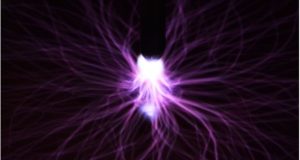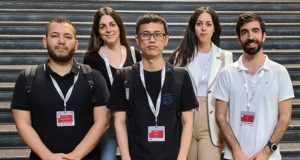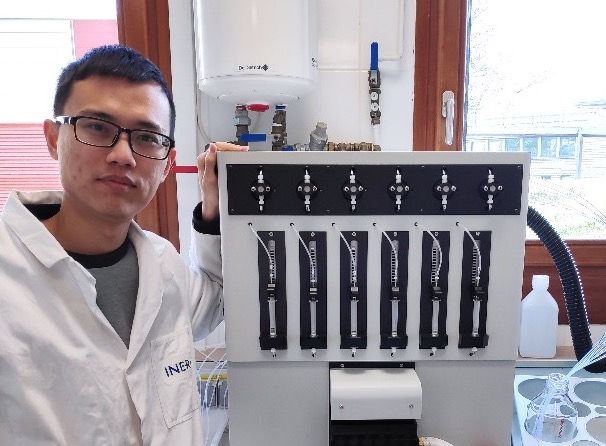“For too long, in male-dominated societies, women’s talents have been ignored and half of human intelligence was wasted.” Michael Levitt, winner of the 2013 Nobel Prize in Chemistry said, “There is an urgent need to bring the wisdom and power of women together to tackle the common challenges facing mankind, such as COVID-19, food and climate crisis, and make the world a better place.”
Stereotypes and prejudice have been the biggest barriers to women in science since time immemorial. The road to science may be bumpy, but generations of women scientists never gave up, breaking through numerous obstacles to prove themselves, winning the respect of the world, and gradually improving the status of women in the field of scientific research.
Today is the International Women’s Day. Let’s get to know the 6 female scientists that have helped to change the world.
- Marie Curie – the first woman to win a Nobel Prize
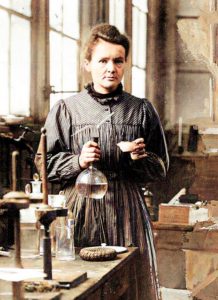 Marie Curie [1] (1867–1934) is probably the most well-known female scientist in the world. Her full name is Marie Salomea Skłodowska Curie, and she was a Polish-French physicist and chemist who conducted pioneering research on radioactivity. She is the first woman to win a Nobel Prize, the first and currently the only woman to win two Nobel Prizes (physics and chemistry). She devoted her whole life to the theory of radioactivity, inventing techniques for separating radioactive isotopes, and discovering two new elements, polonium (Po) and radium (Ra). Under her guidance, radioisotopes were used for the first time in the treatment of tumors.
Marie Curie [1] (1867–1934) is probably the most well-known female scientist in the world. Her full name is Marie Salomea Skłodowska Curie, and she was a Polish-French physicist and chemist who conducted pioneering research on radioactivity. She is the first woman to win a Nobel Prize, the first and currently the only woman to win two Nobel Prizes (physics and chemistry). She devoted her whole life to the theory of radioactivity, inventing techniques for separating radioactive isotopes, and discovering two new elements, polonium (Po) and radium (Ra). Under her guidance, radioisotopes were used for the first time in the treatment of tumors.
Marie Curie has been inspiring generations of female to pursue their passion and career. We are proud that our project, a part of Marie Skłodowska Curie Action which was named after her, has 8 female Early Stage Researchers and also excellent female supervisor and management team members.
- Florence Nightingale – the pioneer in modern nursing
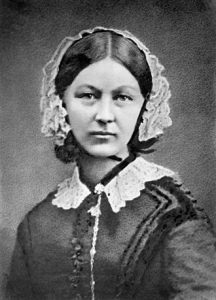
When you think of Florence Nightingale (1820–1910) [2], you probably don’t think of “scientist”, but she wasn’t just another nurse: she turned nursing into a well-trained profession. She made the society to realize that nursing work is a kind of “technology”, which was further improved to the status of “professional occupation”. Therefore, Nightingale is called “the founder of modern nursing work”.
During the Crimean War in 1853, she urged the British army to open hospitals in the field to provide medical care for soldiers. She established hospital management systems and improved the quality of nursing care, which resulted in a sharp reduction in the mortality rate from 42% to 2%. After analyzing mountains of military records, she pointed out that the major death of soldiers were due to the lack of proper injury care instead of actually dying on the battlefield. She developed a form of the pie chart now known as the polar area diagram, also called the Nightingale rose diagram, which also recognizes her as a pioneer in statistics.

- Ada Lovelace – the first computer programmer in the world
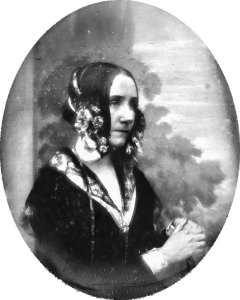
Augusta Ada King, Countess of Lovelace [3] (1815–1852) was a British mathematician, and is widely regarded as the “first computer programmer.” Her papers inspired Alan Turing’s work on modern computers. In 1833, at the age of 18, Ada met and befriended Charles Babbage, an inventor and mechanical engineer. Babbage came up with the design concept of the analytical engine, which has all the basic elements of a modern computer and is considered a prototype of an early computer. Ada was so interested in the analytical machine that she studied it carefully. In 1842 she wrote an algorithm for the machine, which was published in the British Scientific Journal in 1843. It is considered the first set of algorithms, the earliest computer program. In 1981, the U.S. Department of Defense developed a new high-level programming language named ADA in honor of the computer science pioneer.

- Hedy Lamarr – the Mother of WIFI
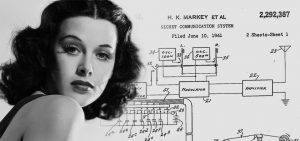
Hedy Lamarr [4] (1914–2000) was one of the most popular American actresses of the 1940s. She was once regarded as the most beautiful woman in the world. Most people probably only remembered her as a Hollywood movie star, but did not know her as a scientist. During World War II, she helped to develop a radio guidance system which used spread spectrum and frequency hopping technology to defeat the threat of jamming by the enemy. The system was not adopted at the time, but the concept laid the foundation for today’s mobile phones. In 1997, CDMA based 3G technology began to come into view, which gave the 83-year-old beauty the title of “the mother of WIFI”.
- Tu Youyou – Artemisinin, a gift from traditional Chinese medicine to the world

Tu Youyou [5] (1930–now) is a pharmaceutical chemist and the first Chinese female to a Nobel Prize (in Physiology or Medicine jointly with William C. Campbell and Satoshi Ōmura in 2015). She discovered artemisinin and dihydroartemisinin for the treatment of malaria.
Tu and her team selected over 200 Chinese herbs from thousands of traditional Chinese medicine prescriptions, and gained inspiration to extract the effective component with ether, which can be performed at lower temperature and doesn’t destroy the effective component. She failed 190 times until success and even tested the pharmaceutical on herself to demonstrate its safety. Artemisinin, described by Tu as “a gift from traditional Chinese medicine to the world”, is regarded as a breakthrough in twentieth-century tropical medicine and now has saved millions of lives in South China, Southeast Asia, Africa, and South America.
- Jane Goodall – Mother Teresa in the jungle
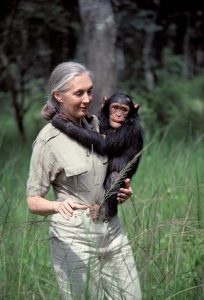
Valerie Jane Morris-Goodall [6] (1934–now) is a British biologist, animal behaviorist and conservationist. She went to Africa in her 20s to observe chimpanzees and document their ways in the wild for decades. Her work corrected many long-standing academic misconceptions about the species and revealed many little-known secrets of chimpanzee communities.
In addition to her work with chimpanzees, Jane Goodall is also a passionate advocate for environmental education and public welfare. The Jane Goodall Institute, founded and managed by her, is a well-known folk animal conservation organization. Roots & Shoots, founded by Goodall institute, is one of the most active environmental education programs for youth in the world. Jane Goodall was also named as a United Nations Messenger of Peace in 2002.
Since modern times, the number of women engaged in scientific research has been growing. With their wisdom and perseverance, these extraordinary women have achieved remarkable achievements, inspired and lit up the world, and set an example of pursuing their dreams, achieving themselves, and benefiting mankind. Established in 1998, the L’Oréal-UNESCO For Women in Science [7] International Awards honors five outstanding women scientists from around the world each year for their groundbreaking contributions to solving important scientific problems. As the only program in the world today to award women in science worldwide, it is renowned as the “Women’s Nobel Prize in Science”. To date, more than 100 women scientists have been awarded the prize, including five Nobel Prizes.
We wish women of all walks of life and positions a happy holiday on this International Women’s Day. We wish women who are interested in science to listen to their hearts, be firm in their convictions and pursue their dreams bravely!
Reference:
[1]. Wikipedia. (2022, March 08). “Marie Curie”.https://en.wikipedia.org/wiki/Marie_Curie
[2]. Wikipedia. (2022, March 08). “Florence_Nightingale”.https://en.wikipedia.org/wiki/Florence_Nightingale
[3]. Wikipedia. (2022, March 08). “Ada_Lovelace”.https://en.wikipedia.org/wiki/Ada_Lovelace
[4]. Wikipedia. (2022, March 08). “Hedy_Lamarr”.https://en.wikipedia.org/wiki/Hedy_Lamarr
[5]. Wikipedia. (2022, March 08). “Tu_Youyou”.https://en.wikipedia.org/wiki/Tu_Youyou
[6]. Wikipedia. (2022, March 08). “Jane_Goodall”.https://en.wikipedia.org/wiki/Jane_Goodall
[7]. L’Oréal-UNESCO For Women in Science. (2022, March 08).
https://www.forwomeninscience.com/
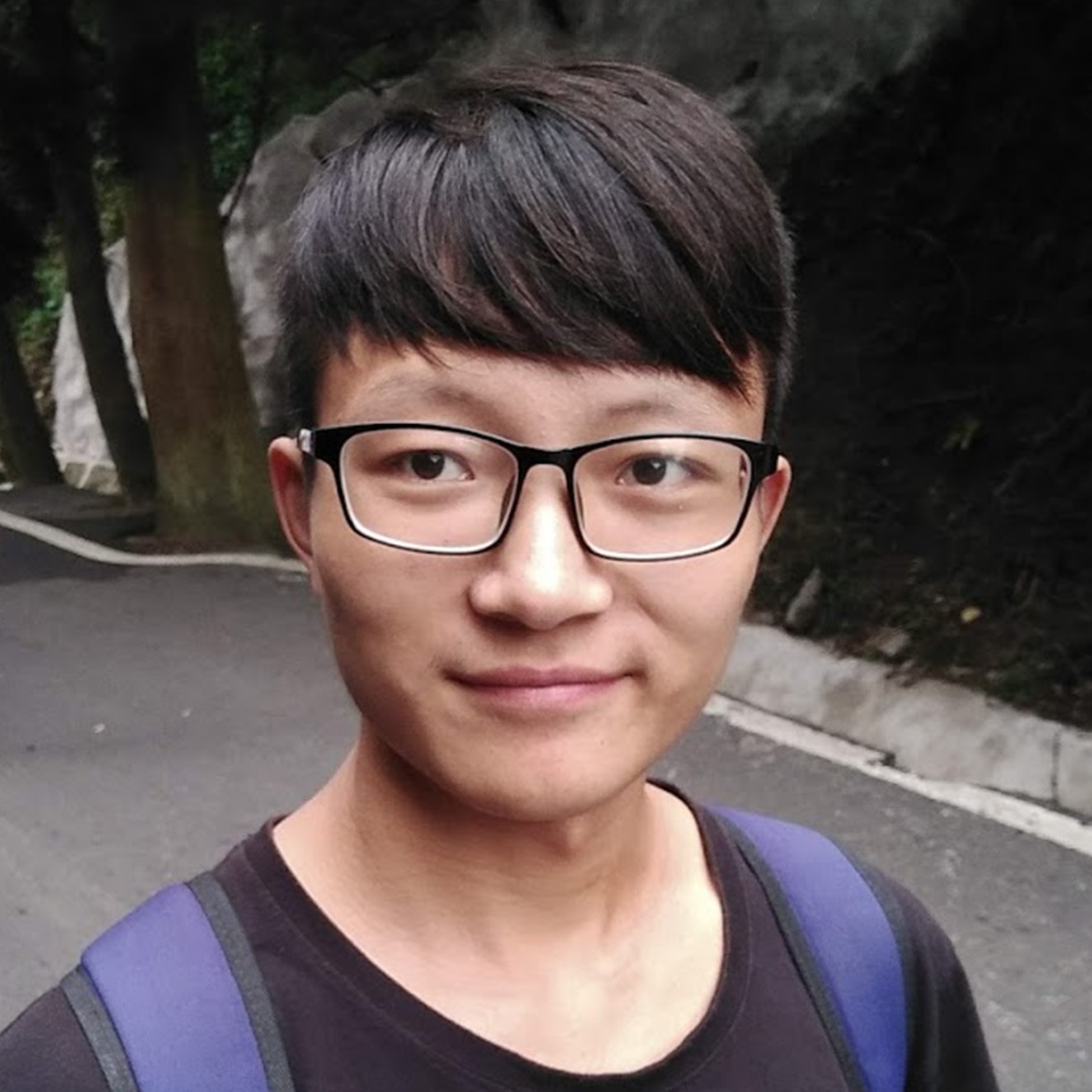
Zhongda Liu is a chemical engineer from China who specializes in the environmental issues. He is now a PhD researcher at the University of Patras, in Greece. His research is focusing on the non-faradaic electrochemical modification of catalytic activity (NEMCA effect) for wastewater treatment.
Apart from research, Zhongda also has a passion for basketball and table tennis. He also enjoys challenging his brain with chess and Rubik’s cube.
 InnovEOX Innovative Electrochemical OXidation Processes for the Removal and Analysis of micro-pollutants in water streams
InnovEOX Innovative Electrochemical OXidation Processes for the Removal and Analysis of micro-pollutants in water streams
